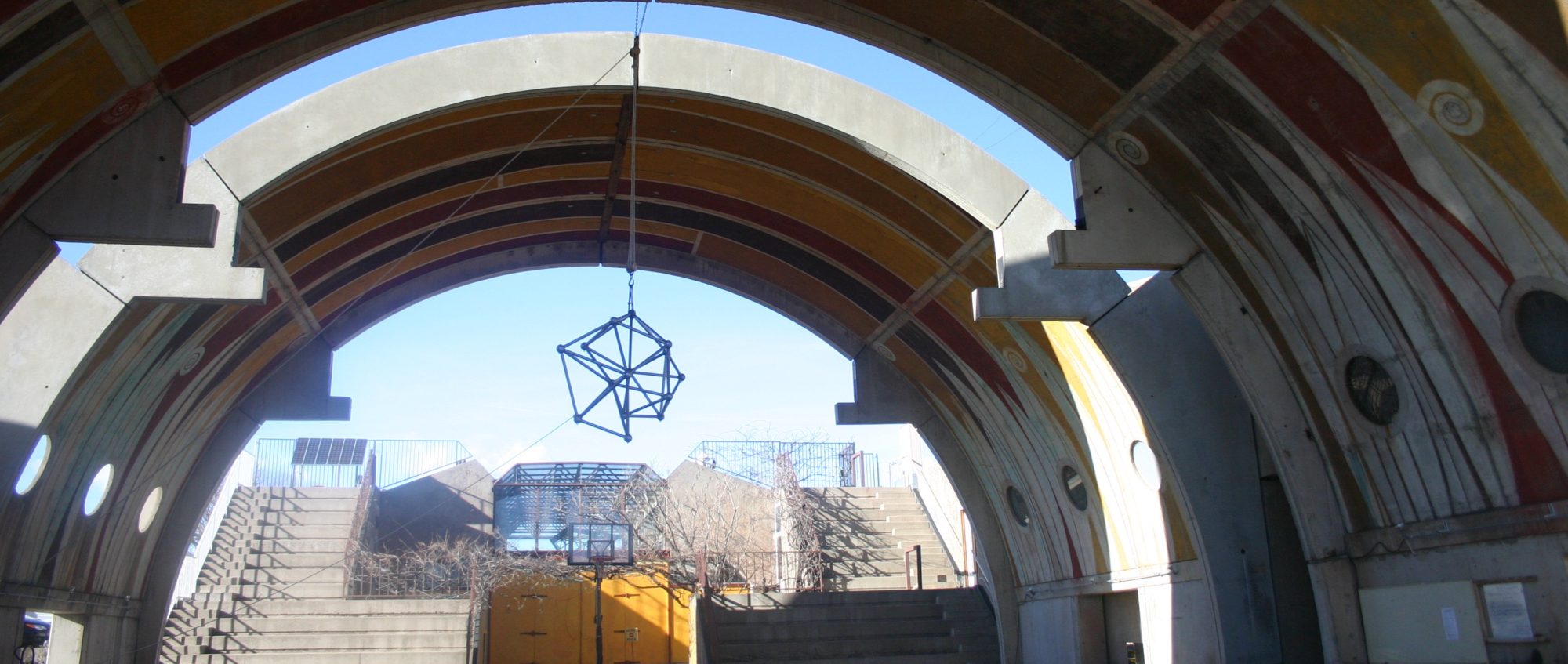What do Seven Samurai, Lawrence of Arabia, It’s a Wonderful Life and The Searchers have in common? Well, they are all movies. They were all directed by masters of filmmaking and storytelling: Akira Kurosawa, David Lean, Frank Capra and John Ford. Three of them (the first three) are movies that we happen to have in our DVD collection because they are eminently re-watchable; The Searchers is also eminently re-watchable, but not yet part of our collection. One of these is in Japanese, the similarities seem to be breaking down, but there is one similarity remaining that I love: These four movies tend to be viewed as part of a pre-production ritual by another master filmmaker and storyteller: Steven Spielberg. Before directing a new movie apparently Spielberg watches movies–classics–to get rolling and these four tend to be consistently in the mix. He also watches silent films: “I like to go way back to the source. I look at a lot of silent movies for inspiration because they’re all told visually and they’re all told with hyper-extended performance and with wonderful use of a frame. It’s a way of getting my engine started.”
Seven Samurai, 1954, directed by Akira Kurosawa was remade for a US audience as The Magnificent Seven, 1960, directed by John Sturges. Kurosawa’s Seven Samurai is also cited as having influenced many other great films in countries around the world: Hong Kong, Italy, India, and the US among them. It is universally recognized as having “the first use of a shot now commonplace in cinema, the ‘horizon shot,’ when the bandits come pouring over the hilltop into view.”
Steven Spielberg and George Lucas, both admirers of Kurosawa’s work presented his honorary Academy Award in 1989 for “accomplishments that have inspired, delighted, enriched, and entertained audiences and influenced filmmakers throughout the world.” Steven Spielberg sums it up: “Kurosawa is the pictorial Shakespeare of our time.”
Lawrence of Arabia, 1962, directed by David Lean is a visual masterpiece telling the story of T. E. Lawrence’s arguably essential role in defeating Germany’s Ottoman allies in the Arabian desert during the First World War. Steven Spielberg speaking at the American Film Institute of this movie: “Every tool used to make movies was used in the making of Lawrence of Arabia, I was inspired the first time I saw it. It made me feel puny. It still makes me feel puny – and that’s just one measure of its greatness, because it’s a continued inspiration and it’s cutting the rest of us down to size.”
It’s a Wonderful Life, 1946, directed by Frank Capra (and co-starring “Jimmy the Raven”) is a perennial Christmas favorite. In addition to being a wonderfully told story, this film was influential in its depiction of snow. Prior to this, films had used cornflakes as snow. Frank Capra found this too noisy so a new method was developed using fire-fighting foamite, soap and water. Steven Spielberg apparently told Capra that he takes a copy of It’s a Wonderful Life on his film locations. “I show it to the cast and crew, and I tell them, ‘This is the kind of picture I hope we can make.”‘
The Searchers, 1956, directed by John Ford is another wonderfully told story. This is one more film that has influenced a diverse group of directors including Steven Spielberg, Martin Scorsese, John Milius, Paul Schrader, Wim Wenders, Jean-Luc Goddard, and George Lucas. Scorsese on The Searchers: “The dialogue is like poetry! And the changes of expression are so subtle, so magnificent! I see it once or twice a year.” It was in the late fifties when Spielberg, then in seventh grade, shot a two-reel Western in a friend’s backyard imitating The Searchers, using a backdrop of Ford’s beloved Monument Valley painted on a bed sheet.
I was delighted to discover that roughly 30 years later three boys, ages 10 and 11, began a seven-year “shot-for-shot” remake of Steven Spielberg’s Raiders of the Lost Ark. Steven Spielberg saw it, loved it and wrote a congratulatory and encouraging letter to the three film makers. When they came to Los Angeles he met with them. I saw an interview of these three on Turner Classic Movies and Spielberg’s openness and generosity toward them and this project clearly had a lasting impact.
I experience great joy from the cycle of influence and growth that happens in art, film, music, science. It expands our world like the logarithmic spiral of a nautilus shell. Like any great art, a beautifully crafted film does not become stale when it is “old”. I love watching a scene, seeing an unusual camera angle or lighting in a movie today and thinking, “Wow, this is reminiscent of Fritz Lang’s 1931 M“, or “Ah! This director clearly admired Kurasawa’s rain in his 1950 Rashômon” or “I bet Hitchcock would have loved this scene!” It’s like hearing a new release on the radio and smiling at a Dylan-esque harmonica. Connections, influence, innovation, inspirations…
References:
- Telegraph: “Where are the great movies? Spielberg asks”
- IMBD: Spielberg Bio
- TCM: Pop Culture 101–“Seven Samurai”
- Lawrence of Arabia in Jordan–Anthony Horowitz follows in the footsteps of David Lean’s classic film
- Reel Classics: “It’s a Wonderful Life”-1946
- TCM: “The Searchers”
- Slate on shot-for-shot remake of “Raiders of the Lost Ark”
- Wikipedia: “Raiders of the Lost Ark: The Adaptation”

